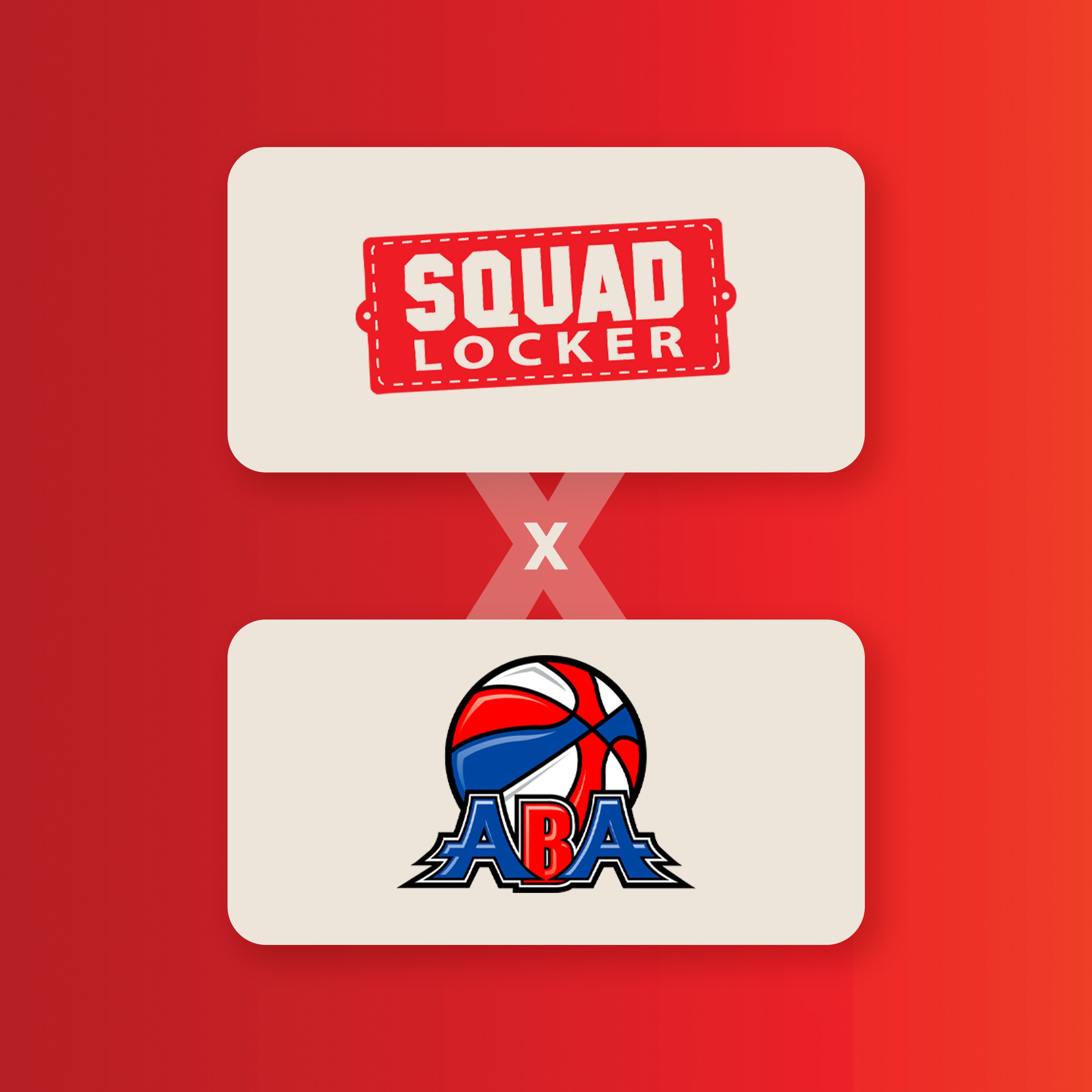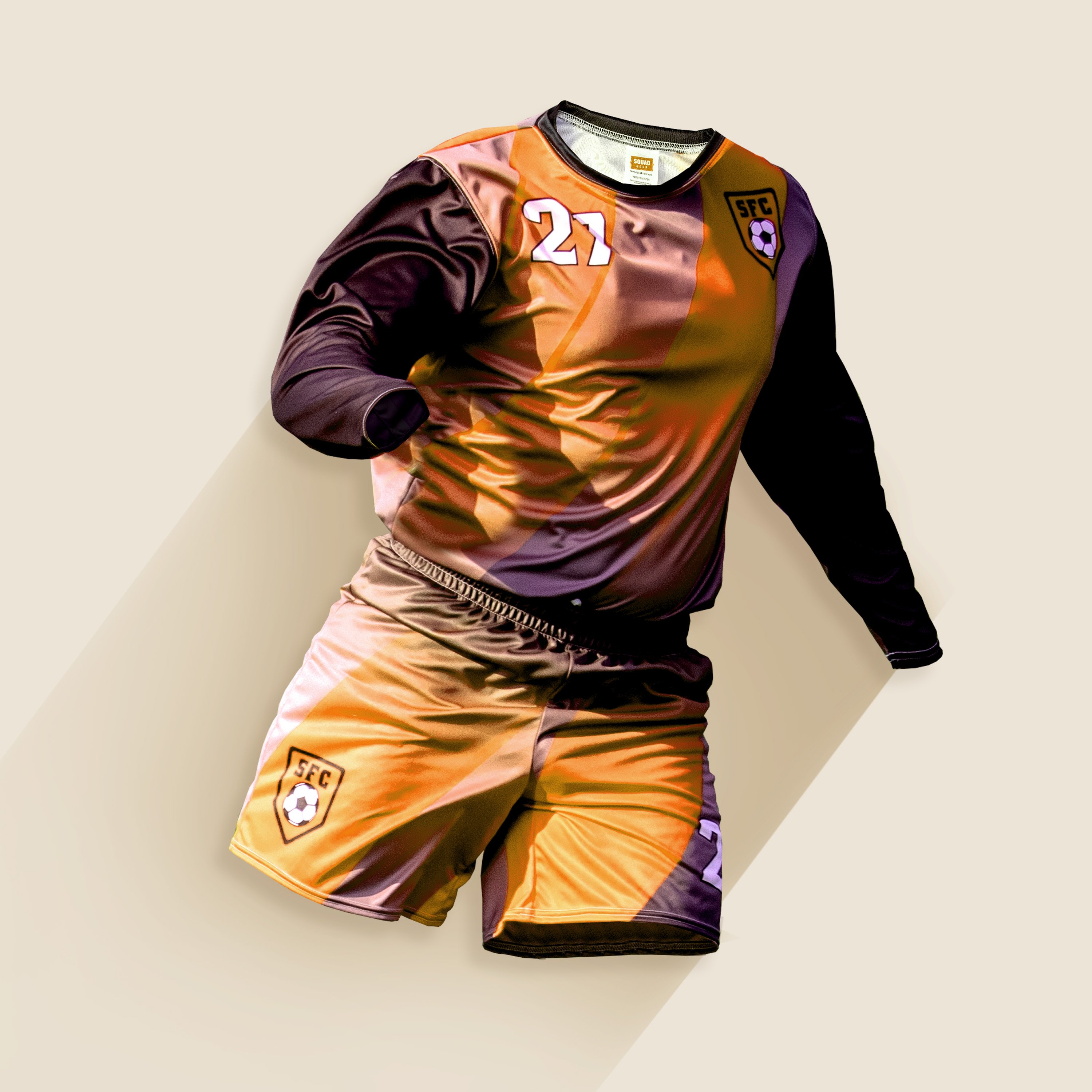We’re getting our lives back, bit by bit. For sports enthusiasts of all ages that means a return to play. This is exciting indeed, especially for youth that have been kept away from their friends and teammates as well as their favorite sports. But what will return to play look like? Feel like? Play like?
Most people in the sports world today associate the phrase “return to play” with specific post-concussion protocols. Well, we’re all feeling a bit concussed by the COVID-19 pandemic. We’ve had to wrap our minds around staying at home, and now we’re puzzling through how to emerge safely so we can put our lives back in play and get back to playing the sports we love – or the sports our kids love that we love to watch.
We’re just itching to gear up
Our kids are feeling almost desperate to resume play and reconnect with their teammates. In early May, an organization in Missouri decided “someone has to be first,” so they held a youth baseball tournament. It was highly controversial as expected. Some parents applauded the move, some parents and kids refused to participate, and Emory University epidemiologist called it “unconscionable.”
But it did get the ball rolling. And the organizers did take a number of health safety measures including social distancing for spectators as well as players and coaches. At SquadLocker, we are squarely on the side of safety first. But we are encouraged by the fact that people wanted to play within the guidelines.
Maybe you saw the Washington Post column in which Normal Chad suggested “we don’t need more sports in our lives, we need less.” Here at SquadLocker, we disagree! For one thing, he was talking about the professional sports entertainment industry. Perhaps certain aspects of that could go missing without much effect, but sports that people actually play are an entirely different thing.
We encourage our kids to play because it’s good exercise and because they learn valuable life lessons in making new friends, teamwork, accountability, grace under pressure, and the pride and confidence that come from contributing to something larger than ourselves. Encouraging our kids to get back into team sports (as soon and as they can do so safely) will also help reconnect them with structure, something they've missed from school as well as sports the last few months.
Return to play is about economics as well as exercise
Like virtually every other type of business or non-profit organization, youth sports organizations have been financially ravaged by COVID-19. LeagueApps reports half of these groups now worry they won’t have the money for staff and facilities – especially since the traditional sponsors of youth sports have been local small businesses.
Will parents now strapped for money and facing employment uncertainty be as willing (or even able) to pay for uniforms and other gear, participation fees, travel, etc.? If not, a LeagueSide study suggests 20 million kids could be sidelined.
The future playbook
Not all play involves team sports, of course. While staying at home we’ve been riding bikes, running or walking, working out in the living room, playing catch in the back yard -- things experts call “free play.” These things have obvious value when it comes to physical exercise and family togetherness, and not all kids want to play on a formal team. But for the millions who do, things are going to be different from now on.
Kids are resilient, though -- willing to make whatever changes are needed to get back on the field and back together (though not quite as "together") with their teammates. Maybe parents and kids alike have taken team sports for granted because they’ve always been there. Now, we have had a chance to reflect consciously or unconsciously about why playing sports matters to us.
The PLAY Sports Coalition is working to keep youth sports alive and healthy as we move forward, to promote “community, connectivity and joy.” Their mission reflects the words of Nelson Mandela: “Sport has the power to change the world. It has the power to inspire. It has the power to unite people in a way that little else does.”
Meanwhile, coaches are calling technology their new MVP. Virtual team meetings and training sessions support ongoing skill-building, but coaches can also check in with players and parents one-on-one, building stronger personal relationships. Many coaches now say they plan to continue virtual programming and to make it the designated alternative on rainout days when practices would otherwise have been canceled.
Check out our Return To Play Guide to see how your team can start thinking about getting back in the game.
Getting it right
Each school, organization, and team will have to decide for themselves what returning to play will look and feel like in their community. It will take time, and we’ll have to make adjustments – sort of like getting a feel for a new opposing player or team. Above all, how will we keep our kids (and ourselves as coaches, chauffeurs and spectators) safe?
We all have many questions, and many of the answers are still unclear. But the one thing we do know is that returning to play – safely – can benefit us all in multiple ways. Whenever your team is ready to play, SquadLocker has you covered.
Share this Story


.jpg)







